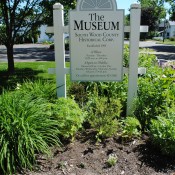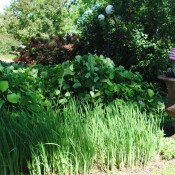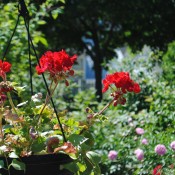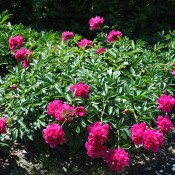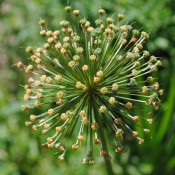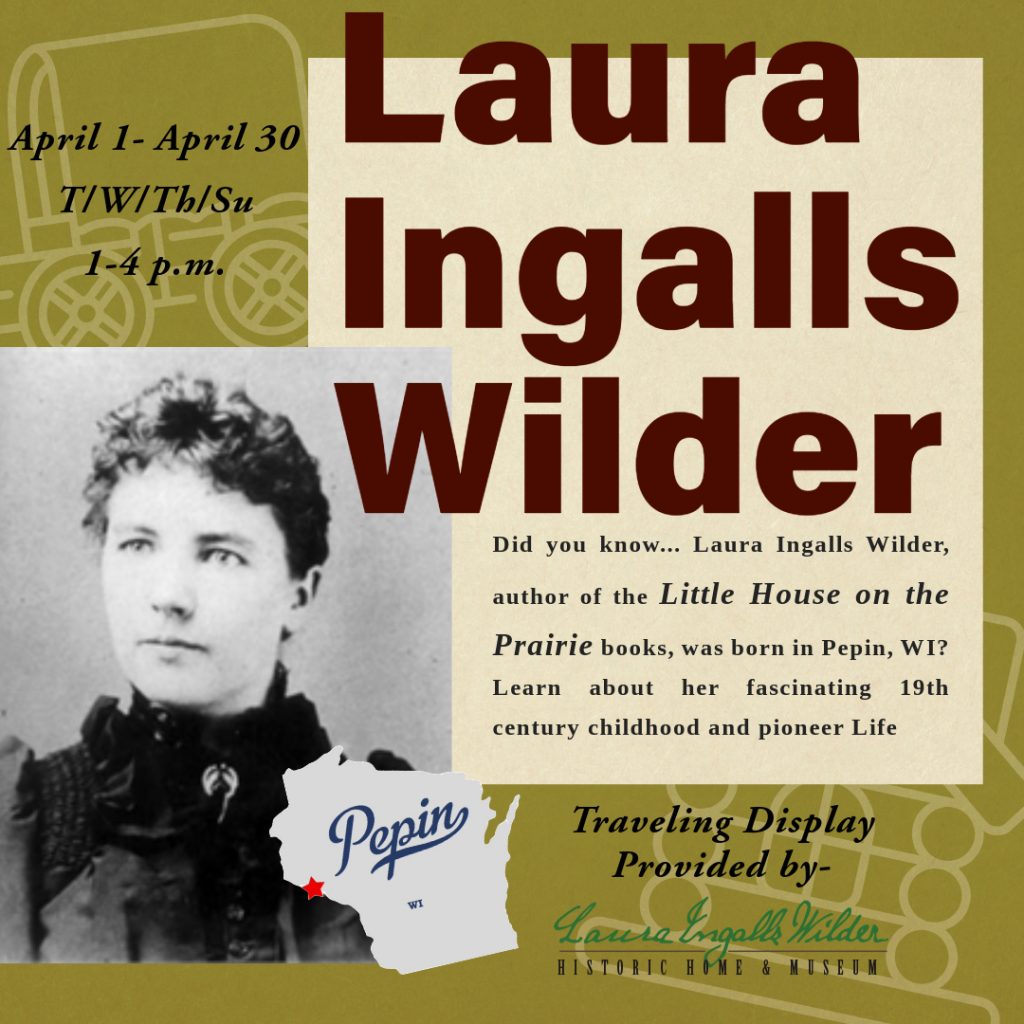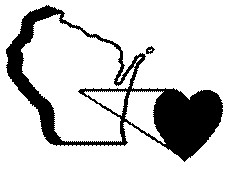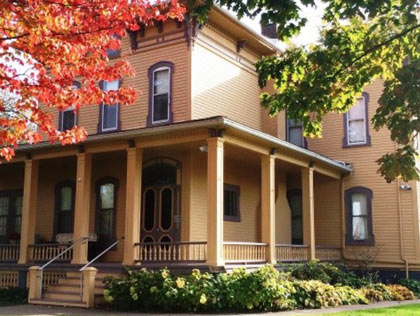In the mid-90s, the Museum sought a master landscaping design to renovate the gardens on the property. The Museum provided funding, while the Master Gardeners sought grants and donations, and found volunteers to help with installation and maintenance of the gardens.
Enter the Wood County Master Gardener Volunteers. According to author Mary Lou Santovec in her book entitled “Wisconsin Gardens & Landscapes, “The museum Board wants both the mansion and its gardens to be a destination spot, so members of the Wood County Master Gardeners have free reign on this property, which is the size of eight city blocks.”
From the master landscape plan, past Master Gardener project leaders have divided the gardens into smaller units so volunteer gardeners can focus on a specific garden for the year or years as it turns out.
Often, the Master Gardeners have about 15 beds (some large and some small) and 18 volunteers. It is impressive to see the volunteers take on these gardens as if they were their own.
The mature nature of trees on the Museum site has provided some shade gardens. Other gardens along the sidewalks have full sun setting. And of course, the two story mansion itself creates partial sun-shade gardens.
The site enjoys underground irrigation. We have learned to respect the usage of water with mulch on all beds and with drought tolerant shrubs, perennials and annuals. This site is a good example of the layering effect of trees, large shrubs, small shrubs, herbaceous perennials, bulbs, and annuals.
The Museum gardens were extensively updated in 2006 in preparation for the mansion’s 100th anniversary in July, 2007, and the 2007 Garden Walk. Each Master Gardener volunteer is encouraged to choose plants for their bed and to make suggestions for improvements.
Each year, the weather initiates changes to this site just like our private gardens. Wind storms have taken down large trees and changed gardens from partial shade to full sun. Other trees and large shrubs have needed trimming or even removal. Extensive upgrades took place along Third Street and Locust Street. When major building renovations take place, the gardens can be affected. All of these situations provide challenges and opportunities.
The financial support between the Museum and WCMGA maximizes the efforts of this destination spot. The mission of the Master Gardeners at this site is to continue the beauty begun by our predecessors and to add garden education for the many visitors who come to explore and enjoy the gardens.

